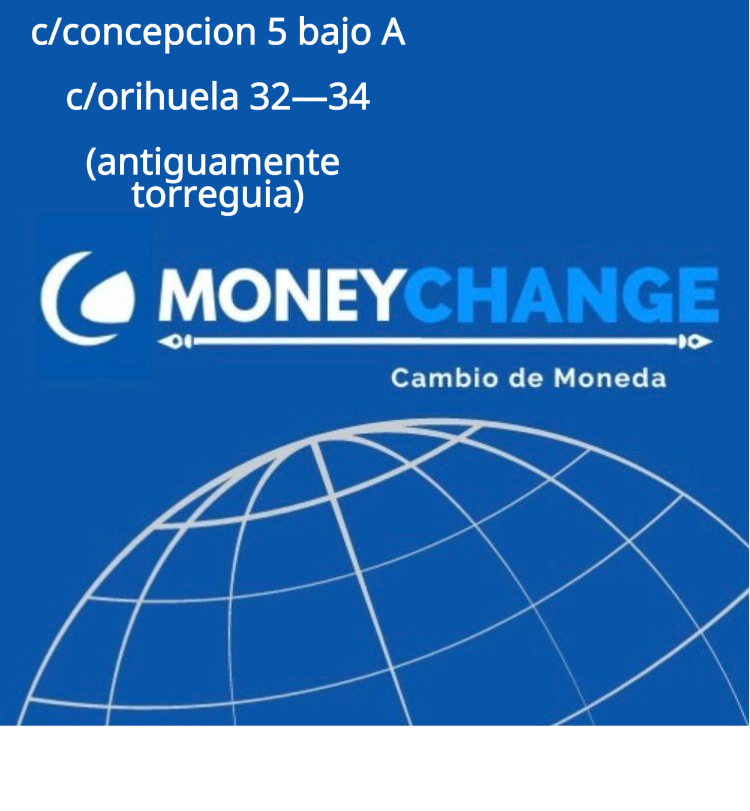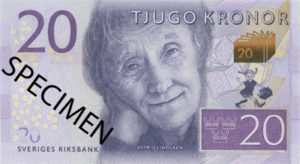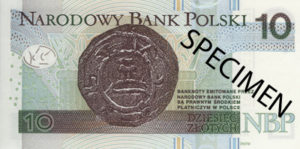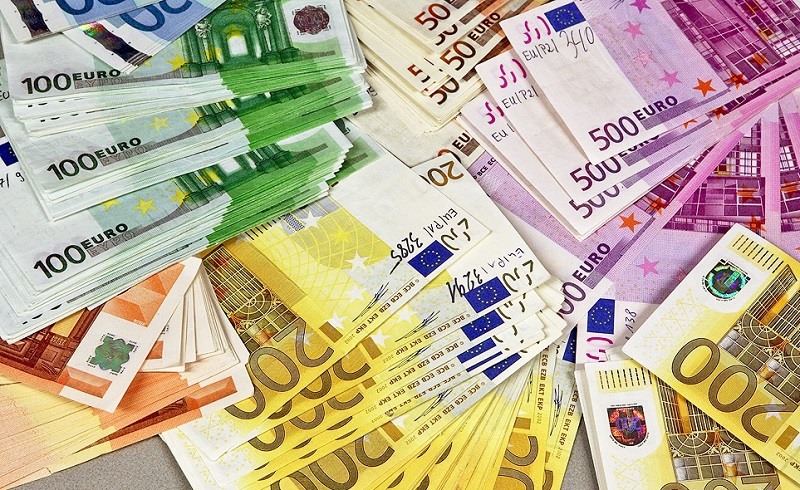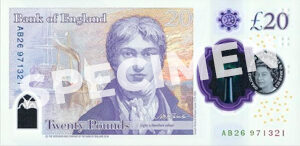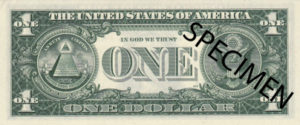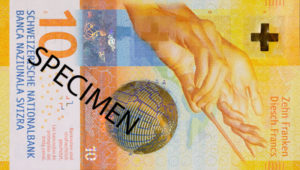
10 Curiosities of the Swiss Franc!
30/07/2024
10 Curiosities of the Swiss Franc
Safe Currency: The Swiss franc (CHF) is considered one of the safest and most stable currencies in the world, being a refuge for investors in times of global economic uncertainty. Ancient History: The Swiss franc was introduced in 1850, unifying the various currencies that existed in Switzerland after the formation of the modern Swiss Confederation. Unique Design: Swiss franc banknotes are distinguished by their vertical design, unlike most currencies which have a horizontal design. Innovative Materials: Swiss banknotes are made from a blend of cotton and paper, making them more durable and wear-resistant. Design Change: The latest series of banknotes, introduced in 2016, stands out for its advanced security features and its focus on aspects such as culture, innovation and Swiss nature. Appreciation: The Swiss franc often strengthens during financial crises, reflecting Switzerland's economic and political stability. Coins: Swiss coins have inscriptions in Latin, rather than German, French, Italian or Romansh, which are the official languages of Switzerland. Low Inflation: Switzerland is known for having an extremely low inflation rate, which contributes to the stability of the Swiss franc. Minimum Parity: Between 2011 and 2015, the Swiss National Bank maintained a minimum exchange rate of 1.20 CHF per euro to prevent excessive appreciation of the franc. Liechtenstein Franc: The Swiss franc is also the official currency of the Principality of Liechtenstein. Reasons to Change Swiss Francs to Euros at the Exchange Office in Torrevieja
Exchanging Swiss francs to euros at the Exchange Office in Torrevieja can be an advantageous decision for several reasons. First, Torrevieja is a city with a considerable influx of European tourists, which can result in competitive exchange rates due to the high demand for euros. In addition, the convenience of carrying out the transaction in a physical location offers the security of receiving the money in hand immediately, without the waiting times associated with bank transfers. Finally, specialized staff at the Exchange Office can offer personalized advice, ensuring a safe and efficient transaction.
Safe Currency: The Swiss franc (CHF) is considered one of the safest and most stable currencies in the world, being a refuge for investors in times of global economic uncertainty. Ancient History: The Swiss franc was introduced in 1850, unifying the various currencies that existed in Switzerland after the formation of the modern Swiss Confederation. Unique Design: Swiss franc banknotes are distinguished by their vertical design, unlike most currencies which have a horizontal design. Innovative Materials: Swiss banknotes are made from a blend of cotton and paper, making them more durable and wear-resistant. Design Change: The latest series of banknotes, introduced in 2016, stands out for its advanced security features and its focus on aspects such as culture, innovation and Swiss nature. Appreciation: The Swiss franc often strengthens during financial crises, reflecting Switzerland's economic and political stability. Coins: Swiss coins have inscriptions in Latin, rather than German, French, Italian or Romansh, which are the official languages of Switzerland. Low Inflation: Switzerland is known for having an extremely low inflation rate, which contributes to the stability of the Swiss franc. Minimum Parity: Between 2011 and 2015, the Swiss National Bank maintained a minimum exchange rate of 1.20 CHF per euro to prevent excessive appreciation of the franc. Liechtenstein Franc: The Swiss franc is also the official currency of the Principality of Liechtenstein. Reasons to Change Swiss Francs to Euros at the Exchange Office in Torrevieja
Exchanging Swiss francs to euros at the Exchange Office in Torrevieja can be an advantageous decision for several reasons. First, Torrevieja is a city with a considerable influx of European tourists, which can result in competitive exchange rates due to the high demand for euros. In addition, the convenience of carrying out the transaction in a physical location offers the security of receiving the money in hand immediately, without the waiting times associated with bank transfers. Finally, specialized staff at the Exchange Office can offer personalized advice, ensuring a safe and efficient transaction.

